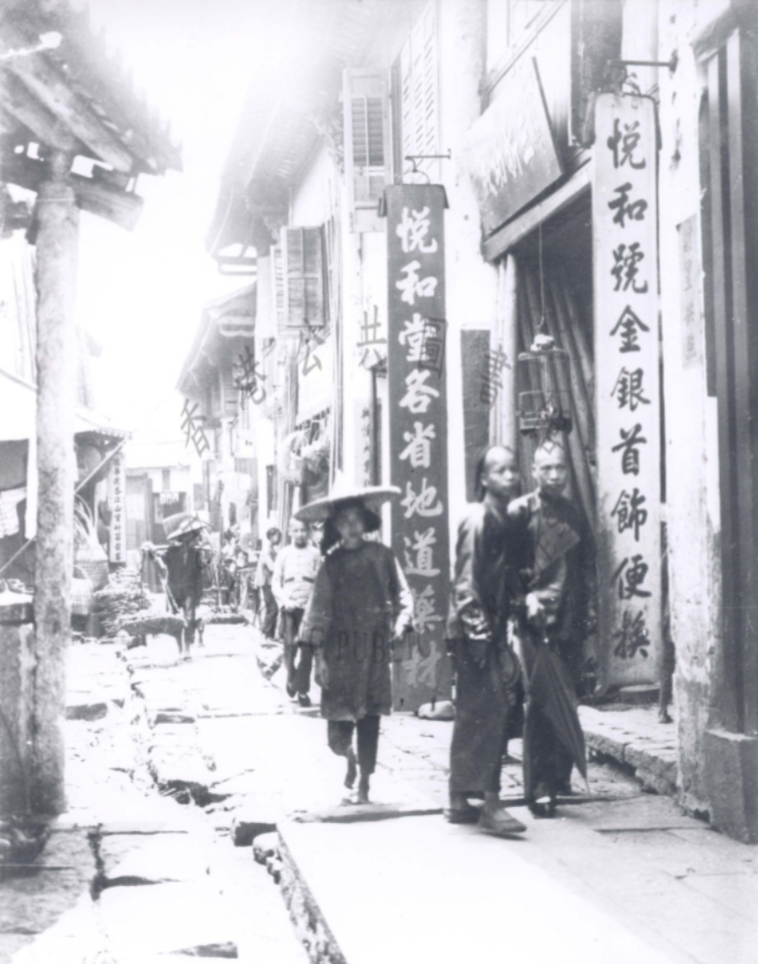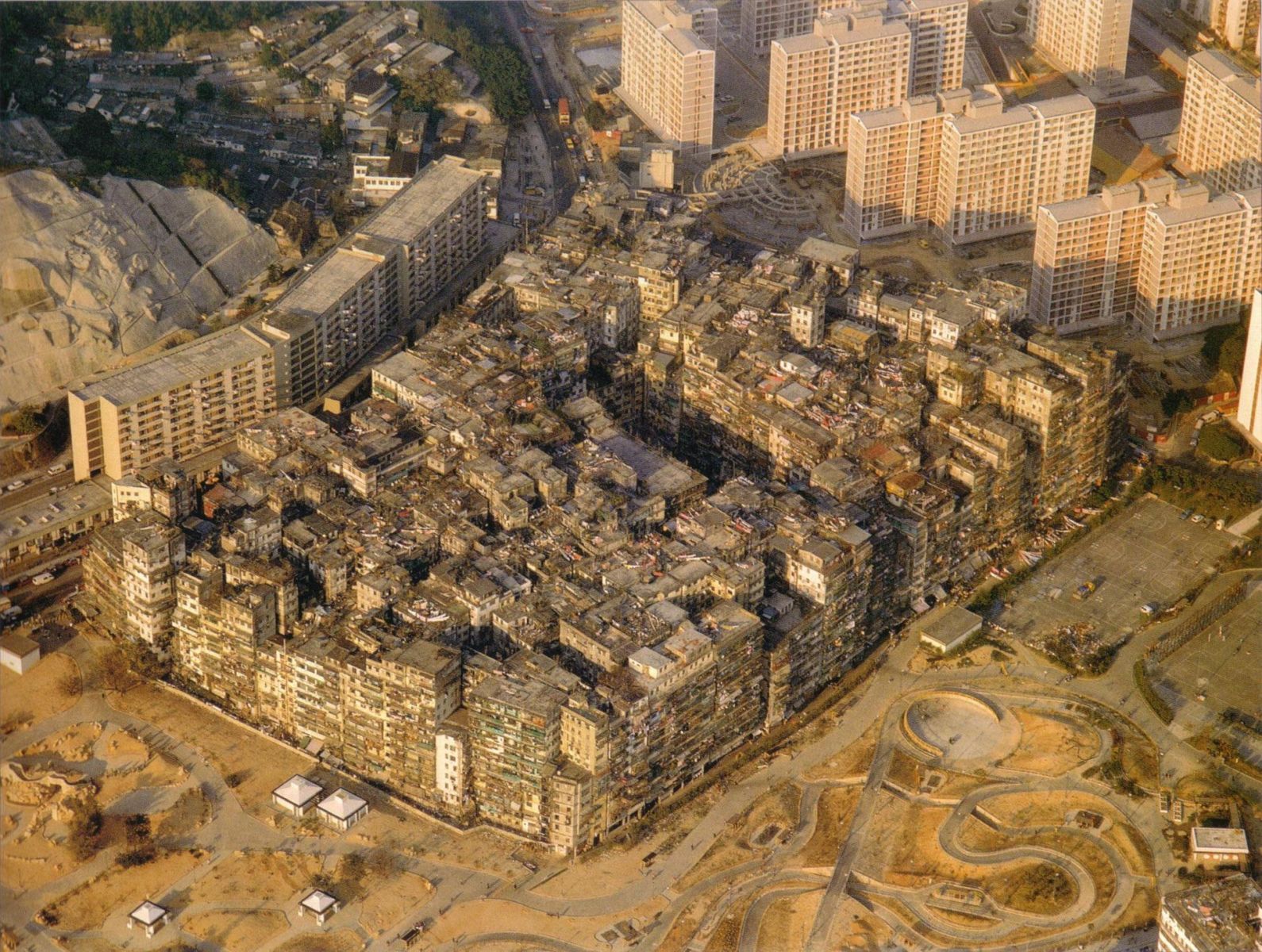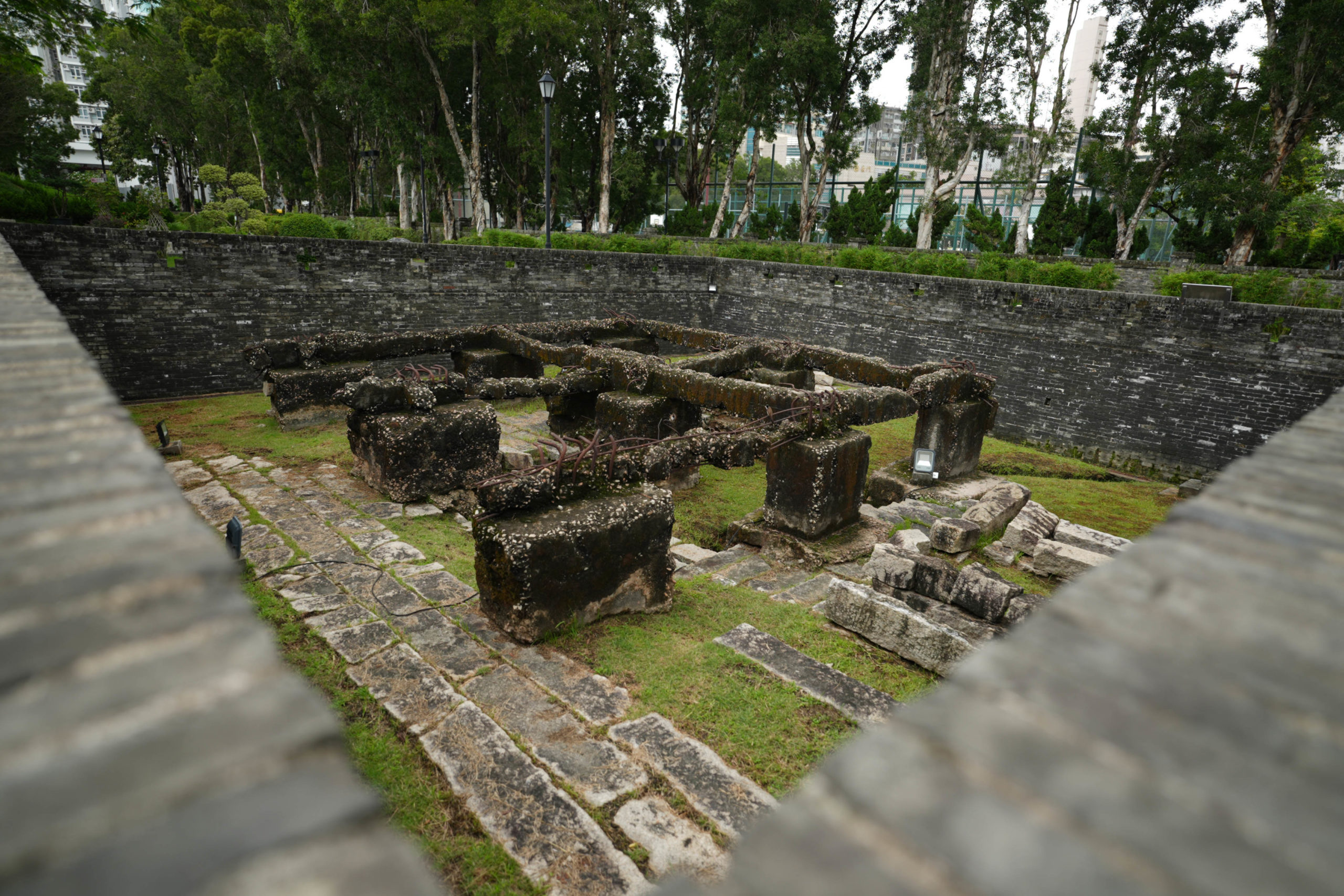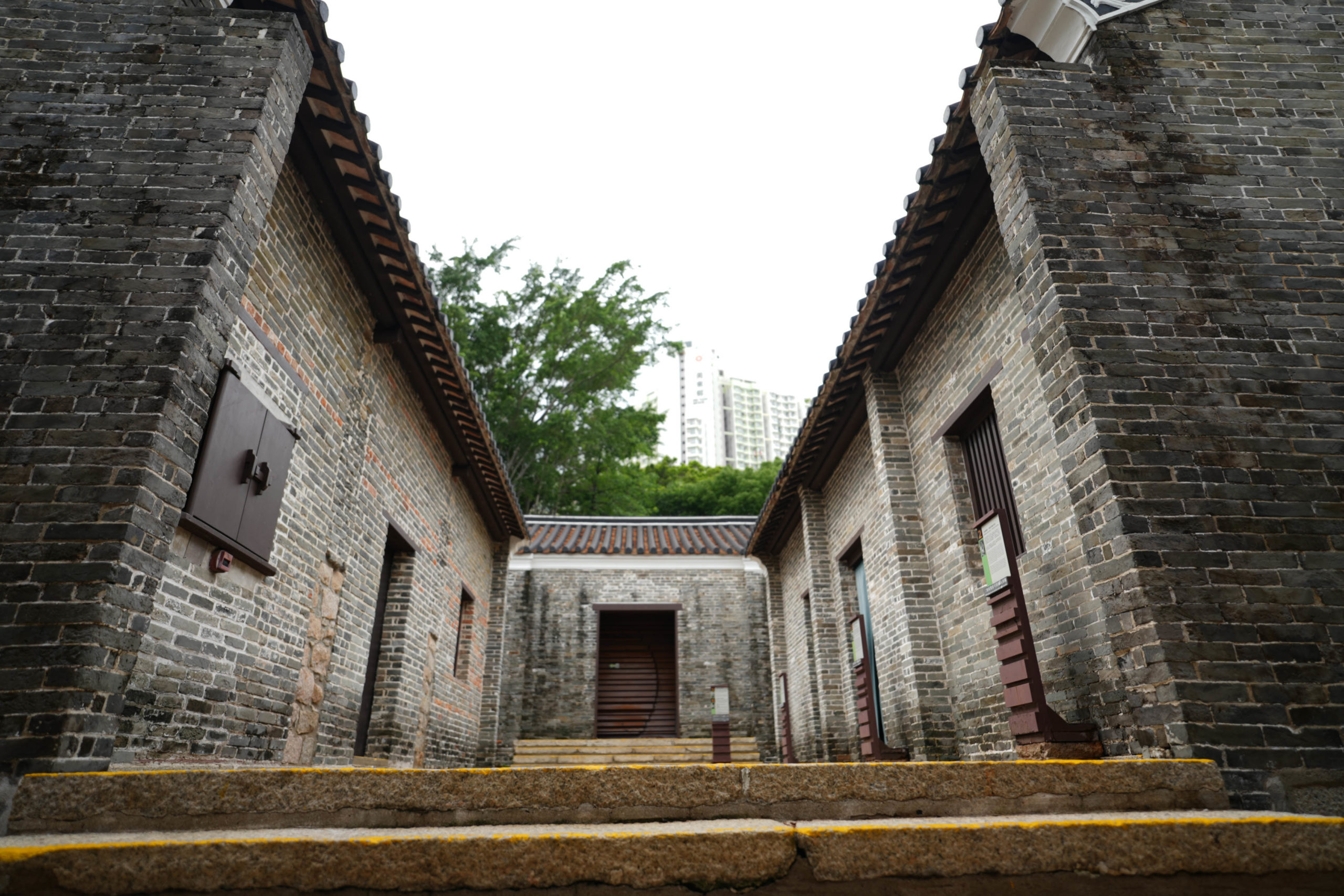Anarchy, crime, gangs—some of the most shared perceptions of Kowloon Walled City. Perceptions that only shed light on a few facets of this sophisticated neighborhood. Once the densest area in the infamously populous city, what has been silenced is the key to understanding anywhere in the world: its people. Everyday people, just like you and me.
Kowloon Walled City started off as a coastal fort overlooking the harbor. In 1847, five years after Hong Kong Island was ceded to the invading Brits, the Qing government thought it necessary to fortify the facility, a gesture to reinforce presence against Victoria City across the water. As the colonizer extended their control to the Kowloon peninsula and the New Territories in 1898, the Walled City remained an exclave of the soon-doomed Qing empire, untouched by British regulations. When the last dynasty fell in 1912, the Walled City was de jure under British rule, but the government never really imposed administration onto it. The succeeding Republic of China probably couldn't have cared less either, and this place began to collapse into a political black hole.


.jpg)
Several attempts to demolish the unruly neighborhood in the coming few decades had all met dead ends due to residents’ protests. Since then the colonial government sort of gave up on this place. With an influx of Chinese descendants into the Walled City after WWII, high-rise buildings, most of the time unauthorized and ill-founded, began to show up on top of each other; alienated individuals such as triad gang members, drug addicts, and unlicensed doctors found it a haven. A government survey in 1987 estimated around 33,000 inhabitants within the 0.026 square kilometer enclave, while some suggested the figure should be 50,000!
After the British Sino Joint Declaration, the slum was wiped out in the '90s. The new generation can only learn about this notorious ghetto through online sources and the book City of Darkness: Life in Kowloon Walled City (Greg Girard & Ian Lambot, 1993), which is a collection of photographs and interviews from over 30 long-term residents. Some records perpetuate the stereotypes outsiders hold—worn, tangled electric wires dangling in a back alley, a drug addict injecting a substance into his thigh.
Now: The Kowloon Walled City Park
In the name of revitalization and urban development, the stories of living beings just like any of us have been sacrificed. The stories of dozens of thousands of people have been reduced to a recreated park with so-called artifact cannons and columns, and we are led to believe it an accurate translation of the past. Next time you visit the park, besides taking in what you see in front of you, I hope you'll take some time to ponder what is untold about this place.



For an insight into the lost stories, a visit to its museum, open from 10:00 to 18:00 and closed on Wednesdays, is a good idea. The information inside will certainly be the day's most rewarding discovery.










